By Michael Wilmington and Film Noir Blonde
A guide to classic film noir and neo-noir on cable TV. All the movies are from the current schedule of Turner Classic Movies (TCM), which broadcasts them uncut and uninterrupted. The times are Eastern Standard and (Pacific Standard).
PICK OF THE WEEK
“Fury” (1936, Fritz Lang). Monday, Oct. 8, 8 p.m. (5 p.m.)
The two great American anti-lynching movies are Fritz Lang’s 1936 classic “Fury,” and William Wellman’s great 1943 Western “The Ox-Bow Incident.” “Fury” is the more powerful of the two, the more effective, the more memorable. Lang’s film, which he also co-wrote, is an explosive saga of a Depression-era small city descending into lynch hysteria. Spencer Tracy, at his youthful naturalistic best, is Joe Wilson, a decent, ordinary, working-class guy who stops his car in the town and is mistaken for a kidnapper. Locked in jail despite his desperate protestations of innocence, Joe is then subject to a terrifying nocturnal assault by the maddened townspeople, who drive away the craven police guards and burn the jail down, killing Joe – they think.
But Joe is alive, having fled back to the big city and his family and fiancée (Sylvia Sidney). And he is now consumed with obsessive dreams of fiery revenge and awful retribution. What happens in the course of that revenge may be unlikely, but “Fury” is still gripping, frightening and hypnotic. It’s one of the most Germanic of Lang’s American movies, one of the strongest social message dramas of the ’30s, and as obvious a precursor of ’40s film noir as Lang’s1931 masterpiece “M.” With Walter Brennan, Bruce Cabot, Walter Abel and Frank Albertson. Screenplay by Lang and Bartlett Cormack, from a story by Norman Krasna.
Saturday, Oct. 6
6 a.m. (3 a.m.): “Party Girl” (1958, Nicholas Ray). In Nick Ray’s lusciously colorful and nervy gangland tale, Robert Taylor is a handsome mob attorney who milks sympathy from juries by walking on his crutches. Cyd Charisse is the leggy nightclub dancer/party girl he loves and Lee J. Cobb is Cyd’s other lover: Rico, the Chicago mob boss who carries a little vile of acid for anyone who double-crosses him. Set in 1930s Chicago, this is pure Ray: romantic, moody and violent. With John Ireland and Kent Smith.
Sunday, Oct. 7
4 a.m. (1 a.m.): “No Orchids for Miss Blandish” (1948, St. John Legh Clowes). A real oddity: British novelist James Hadley Chase’s bizarre take on American crime fiction, complete with a twisted gang boss, a kidnapped heiress, a cynical newsman, gunsels galore and pink gin. (Later remade quite well by Robert Aldrich in 1971 as “The Grissom Gang.”) With Jack LaRue and Linden Travers.
Tuesday, Oct. 9
1:30 p.m. (10:30 a.m.): “The John Garfield Story” (2003, David Heeley). Documentary-bio of the great, sensitive tough guy and New York City-born film noir star.
Wednesday. Oct. 10
8 p.m. (5 p.m.): “The Haunting” (1963, Robert Wise). From Shirley Jackson’s shivery, intellectual, supernatural novel “The Haunting of Hill House” – about a group of mostly amateur spook watchers (Richard Johnson, Claire Bloom, Russ Tamblyn and movie-stealer Julie Harris) in an “old dark house” – noir and horror master Robert Wise (“The Body Snatcher,” “Born to Kill”) and screenwriter Nelson Gidding weave a classic ghost movie, seemingly without ghosts. (Or is it?)
Thursday, Oct. 11 (Robert Aldrich Night)
(Robert Aldrich Night begins at 8 p.m. (5 p.m.) with a great adventure movie: Jimmy Stewart, Richard Attenborough and Peter Finch in 1965’s “The Flight of the Phoenix.”)
10:30 p.m. (7:30 p.m.): “Whatever Happened to Baby Jane?” (1962, Robert Aldrich).
1 a.m. (10 p.m.): “The Legend of Lylah Clare” (1968, Robert Aldrich). Perverse backstage thriller about an obsessive Hollywood movie director (Peter Finch) trying to recreate the image of his dead wife, film legend Lylah Clare, in the body of a new blonde bombshell actress (Kim Novak). Echoes of “Vertigo” and “Baby Jane” abound. With Ernest Borgnine.
3:15 a.m. (12:15 a.m.): “Kiss Me Deadly” (1955, Robert Aldrich).
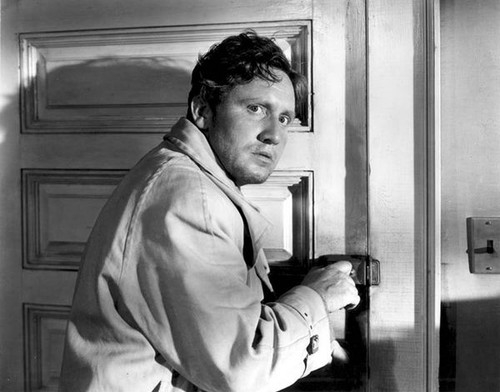
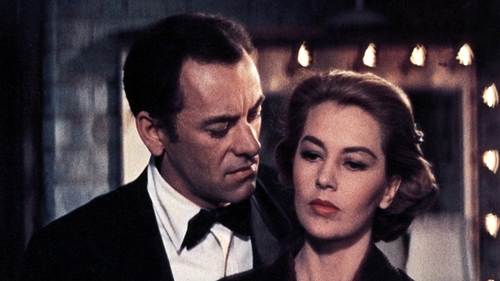
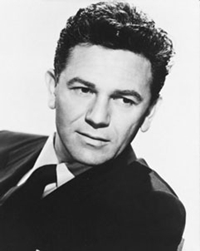
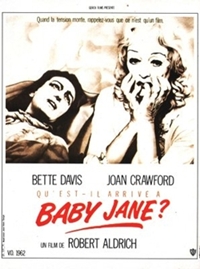





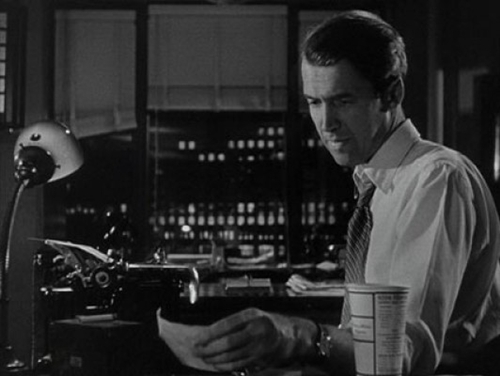
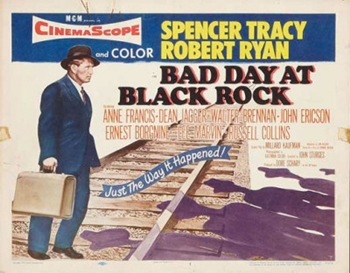
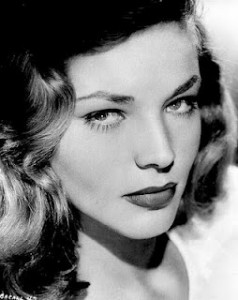

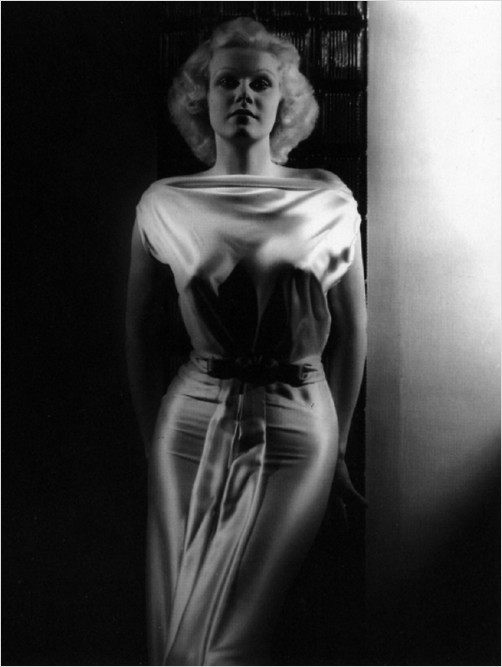
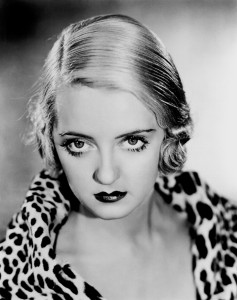





From FNB readers